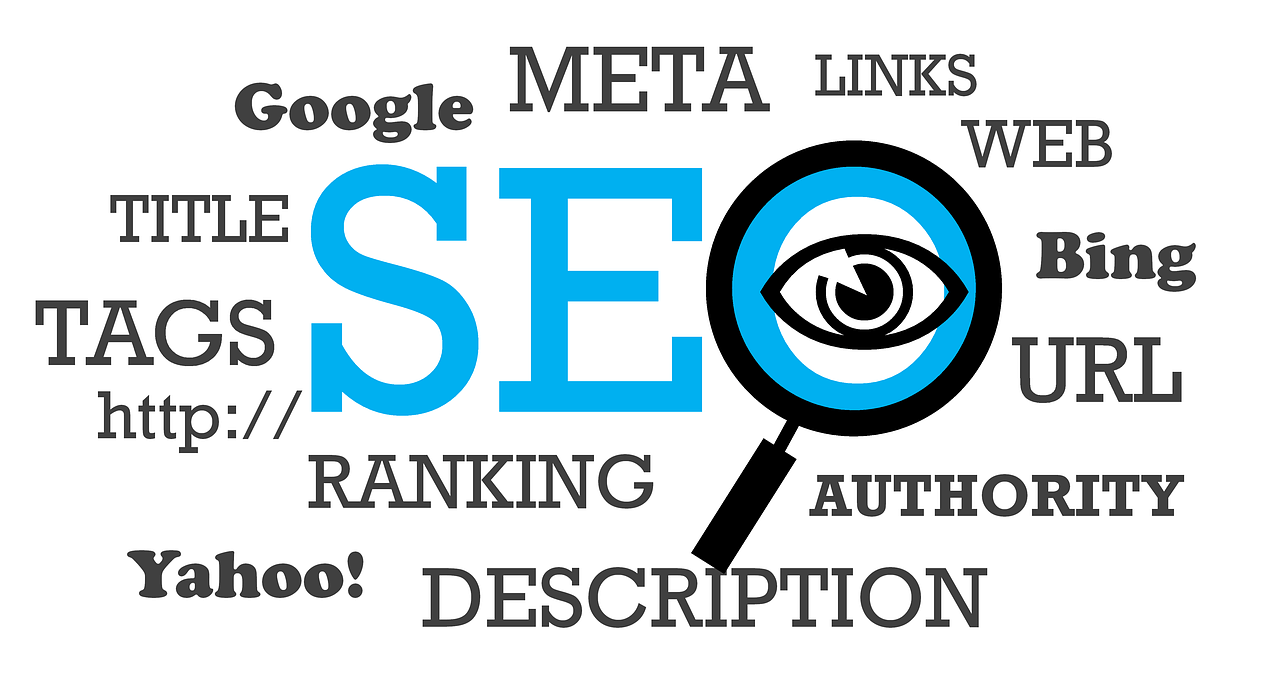Let me guess—you’ve spent hours perfecting your blog, thinking about every little detail, only to realize that your SEO game might be a bit off. I’ve been there. SEO is like trying to get into an exclusive club—if you know the bouncers (Google algorithms), you’re in. But what if you’re unknowingly committing a few SEO faux pas? Well, don’t worry, we’ve all made mistakes. That’s why I’m here to guide you through some common SEO mistakes you should avoid, so your site doesn’t end up stuck at the back of the line.
1. Keyword Stuffing: Less is More
First off, let’s talk about SEO keywords. They’re the bread and butter of SEO, but here’s the thing: too much butter, and your bread gets soggy. That’s what happens when you overdo it with keywords, a mistake known as keyword stuffing.
Think about it like this: if you’re writing a blog about “yoga pants” and you mention the term in every single sentence, Google’s going to catch on to your trick, and it won’t be impressed. It’s the digital equivalent of name-dropping at a party. You might think you’re being clever, but everyone else is rolling their eyes. Aim for natural integration instead. Use synonyms, related terms, and let your content flow. Nobody wants to read “yoga pants” 50 times in one article, not even the search engines.
2. Ignoring Mobile Optimization
It’s 2024, and if your site still looks like a pixelated nightmare on mobile, we need to talk. More than half of global web traffic comes from mobile devices, and if your site isn’t optimized for them, you’re losing out big time. Google loves mobile-friendly sites; they even rolled out mobile-first indexing. In simple terms, this means Google will look at your mobile version first when determining your rankings.
So, if your site takes a century to load on a smartphone, or worse, if it looks like a 90s relic, it’s time for an upgrade. Mobile optimization is no longer optional—it’s essential.
3. Not Optimizing Your Title Tags and Meta Descriptions
I get it. You’ve poured your soul into writing an epic blog post, and by the time you hit the publish button, you’re done. But don’t skimp on the title tags and meta descriptions! Think of them as the first impression your site gives. If your title doesn’t scream “click me!” in the search results, you’re missing out on potential traffic.
Title tags should be clear, concise, and have your main keyword. But don’t overdo it—Google doesn’t love super long, keyword-crammed titles. Keep them under 60 characters. As for meta descriptions? Make them engaging, relevant, and under 160 characters. Trust me, people will click if you give them a reason to.
4. Overlooking the Power of Backlinks
Backlinks are like votes of confidence for your site. The more high-quality links you have pointing back to your site, the more authoritative Google thinks you are. But here’s where it gets tricky—quality matters more than quantity. Buying a bunch of low-quality backlinks from sketchy sites is a huge SEO mistake.
Think of it like making friends—would you rather have a recommendation from a respected industry leader or some guy at the local bar? Google feels the same way. Focus on building backlinks naturally through good content, guest posts, or outreach, and avoid shady, paid-for backlink schemes.
5. Duplicate Content: The SEO Killer
Imagine copying your friend’s homework and turning it in as your own. It might work in school (well, probably not), but in SEO, duplicate content will hurt you. When Google sees identical or very similar content on different URLs, it gets confused about which version to rank. As a result, both pages could suffer in rankings.
Always strive for original, valuable content. If you must reuse content, consider canonical tags, which tell search engines which version is the “main” one. Think of canonical tags as a polite way of saying, “Hey, Google, this is the one you want!”
6. Forgetting Internal Linking
I know, everyone’s talking about backlinks from other sites, but what about links within your own site? Internal linking is like creating a roadmap for both your readers and search engines. If your blog post mentions a topic you’ve already covered, link to that article! Not only does it keep readers on your site longer, but it also helps Google understand your site’s structure.
Don’t go overboard though—this isn’t a scavenger hunt. Be strategic and link to content that’s actually relevant.
7. Slow Page Speed: A Dealbreaker
You’ve probably clicked away from a site before because it took too long to load, right? (Yep, guilty as charged.) Well, your audience is doing the same thing if your site is sluggish. Page speed is one of the key ranking factors for SEO, and if your site takes more than a few seconds to load, you’re losing visitors—and rankings.
Compress your images, enable browser caching, and use tools like Google’s PageSpeed Insights to see where you can make improvements. Don’t make your visitors wait!
8. Not Using Alt Text for Images
Here’s an often-overlooked mistake: images without alt text. Google can’t “see” images the way we do, so it relies on the alt text to understand what’s in them. Including descriptive alt text can help your images show up in search results and improve your overall SEO.
And, bonus: it also makes your site more accessible to people who use screen readers.
9. Failing to Keep Up with Algorithm Changes
If there’s one thing I’ve learned in my SEO journey, it’s that Google’s algorithms are always changing. One minute, everything’s peachy, and the next, a new update rolls out and throws your rankings into chaos. It’s essential to stay informed about algorithm changes so you can adjust your strategy accordingly.
The worst mistake you can make is assuming SEO is a “set it and forget it” game. Spoiler alert: it’s not. Keep up with SEO trends and updates so you’re not blindsided by sudden shifts.
10. Neglecting User Experience (UX)
Last but certainly not least: user experience. SEO isn’t just about pleasing the search engines—it’s about providing value to your audience. If your site is a nightmare to navigate, filled with pop-ups, and looks like it’s stuck in 2005, people will leave faster than you can say “bounce rate.”
Google loves sites that offer a smooth, user-friendly experience, so make sure your site is easy to navigate, visually appealing, and responsive. Happy visitors mean a happy Google.
In Conclusion
SEO is a tricky beast, but avoiding these common mistakes will get you on the right track. Remember, it’s not about tricking Google—it’s about making your site the best it can be for your readers. So take a deep breath, avoid keyword stuffing, get those mobile users happy, and let’s keep climbing those rankings!





0 Comments